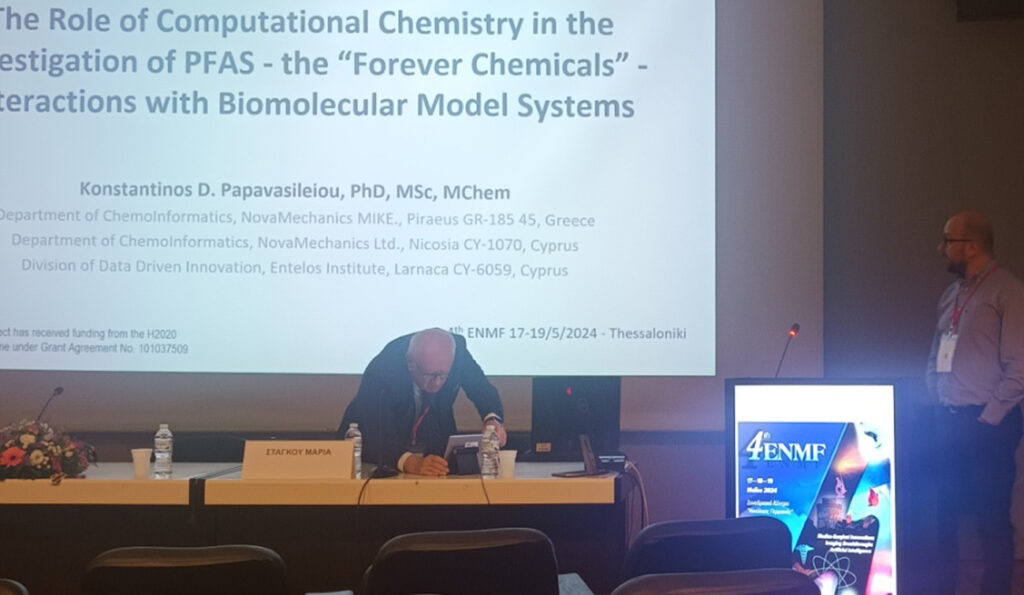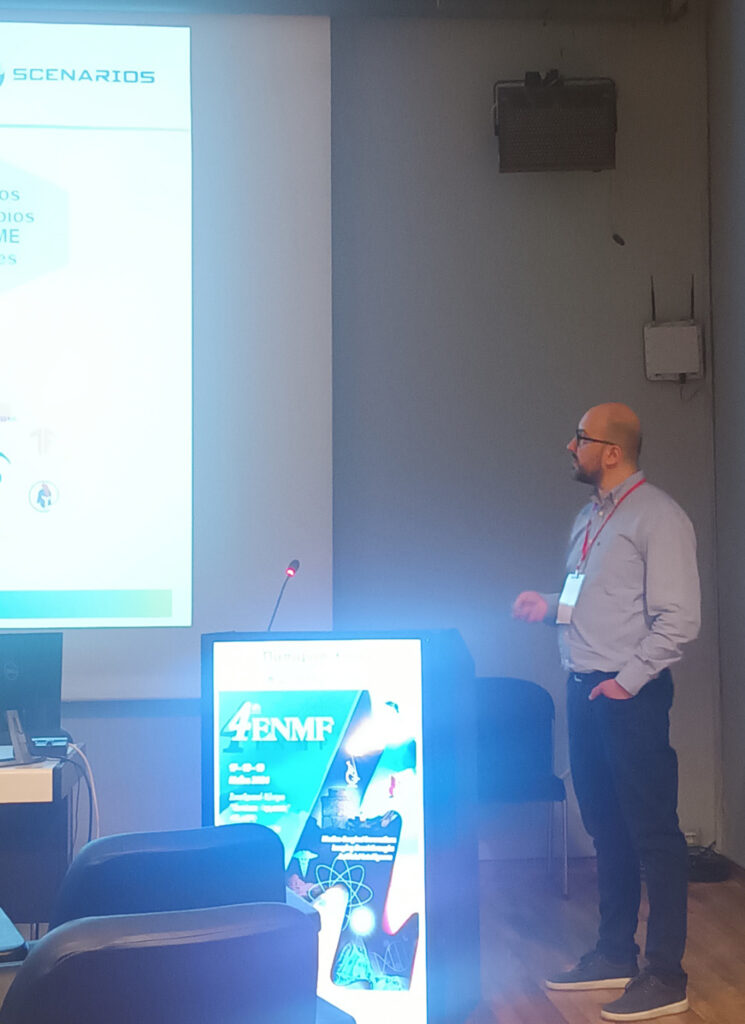The 4th E.N.M.F. (Exploring Novel Medical Frontiers) Multi-Disciplinary Medical Conference, held on May 17-19, 2024, at the Nikolaos Germanos Conference Center in Thessaloniki, aimed to continue the successful collaboration of distinguished scientists from previous conferences. Organized by the Center for Research and Innovation in Solid Organ Transplantation of the Aristotelian University of Thessaloniki, the Neurosurgery Institute of the University of Ioannina, and the Department of Nuclear Medicine of Hippocration General Hospital of Thessaloniki, the conference focused on “Medico-Surgical Innovations, Imaging Breakthroughs, and Artificial Intelligence.” It provided in-depth insights into pioneering applications, fostering interdisciplinary dialogue and collaboration among researchers, clinicians, professors, and policymakers. Emphasizing strategic initiatives for incorporating innovations into patient care, the conference also aimed to train and expose undergraduate medical students to other scientific disciplines. Overall, it highlighted the integration of medical skills, technological progress, and personalized medicine to improve health outcomes and promote well-being.
The title of the session our colleague Konstantinos D. Papavasileiou participated was “The contribution of Theory to Medical Practice”. Dr. Papavasileou conveyed a presentation with the title “The Role of Computational Chemistry in the Investigation of PFAS ‑ the “Forever Chemicals” ‑ Interactions with Biomolecular Model Systems”. Konstantinos had the opportunity to present the SCENARIOS project, its general scientific and technological scope, the role within SCENARIOS of the working group lead by Novamechanics on advanced in silico hazard approaches and cloud microservices, as well as the results produced so far by NovaMechanics, along with the Enalos Cloud platform tools that have already been published.


The audience displayed significant interest in PFAS and their environmental presence. Dr Papavasileiou’s presentation on computer simulation methods, particularly their use in understanding PFAS interactions with proteins and as inputs in machine learning predictive models, was well-appreciated. The advanced modelling techniques were received as being crucial for comprehending PFAS behaviour and distribution. Attendees were also keenly interested in the long-term toxicity of PFAS, recognizing the value of these methods for predicting contamination patterns and assessing risks. Discussions highlighted the need for ongoing research and collaboration across Europe to enhance our understanding and management of PFAS pollution. Overall, the conference effectively united experts and stakeholders, promoting productive dialogue and knowledge exchange on this critical issue, which remains relatively unfamiliar in Greece.
We are looking forward to further advances. on these innovative techniques developed by Konstantinos team at Novamechanics.